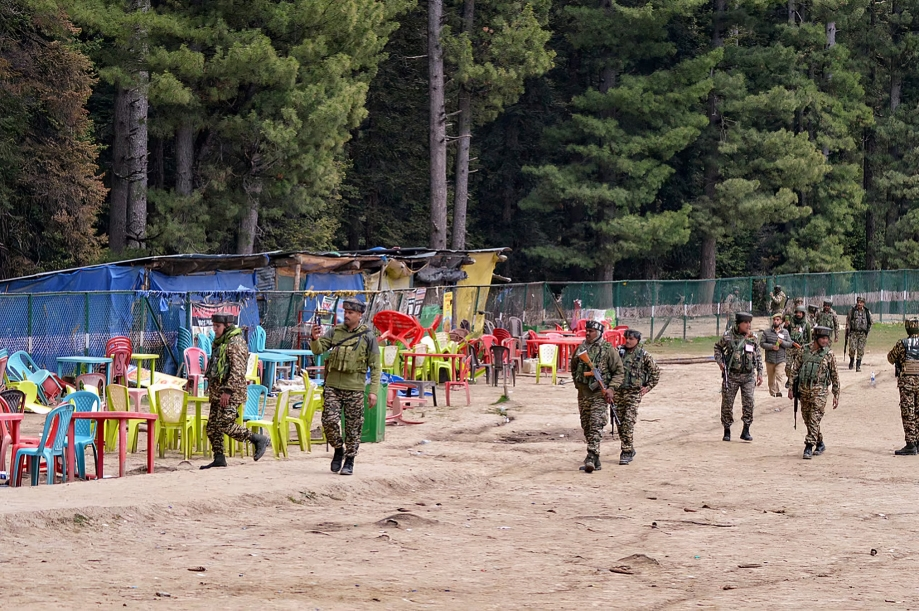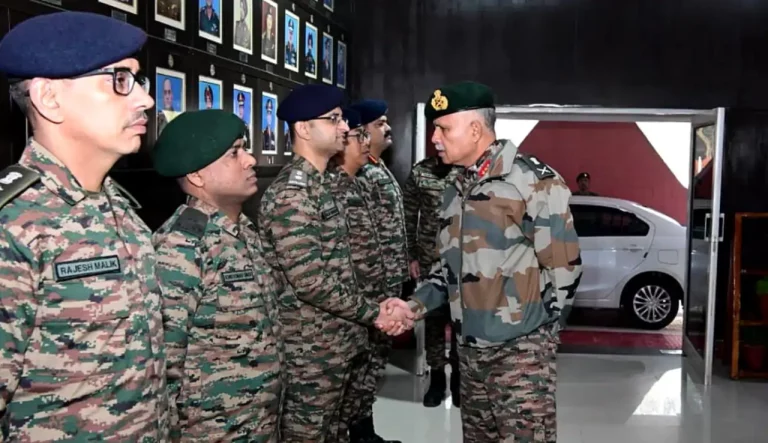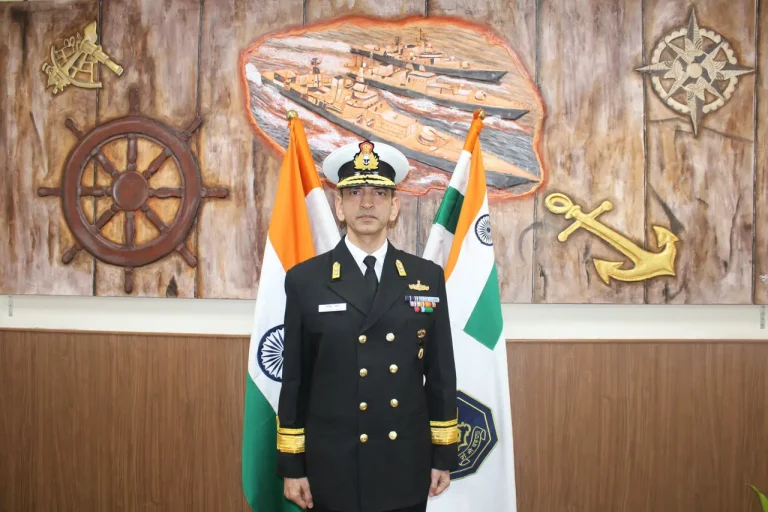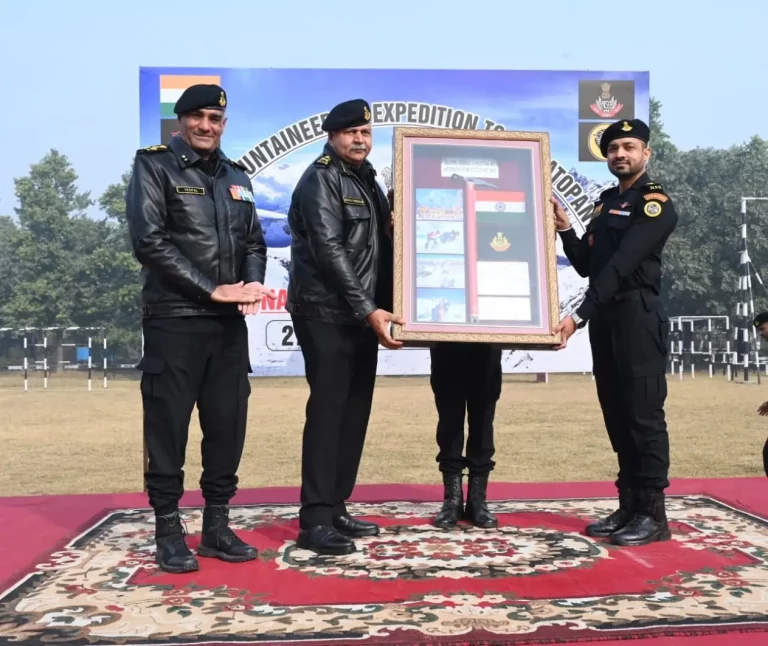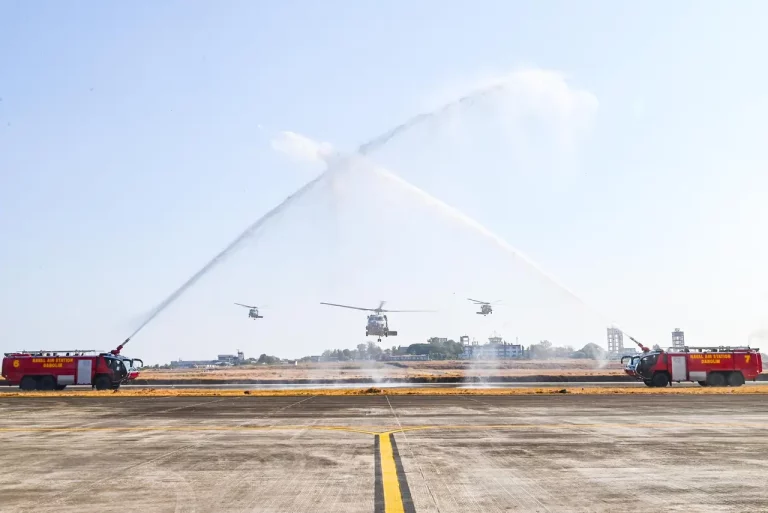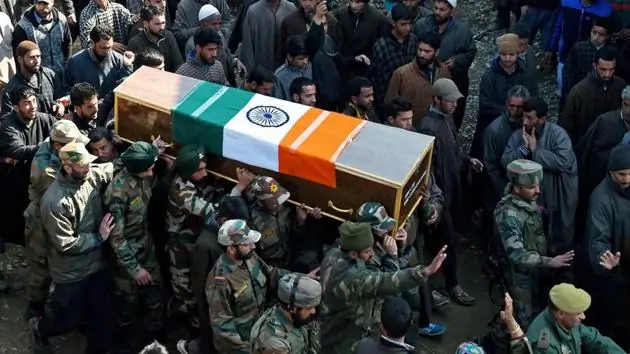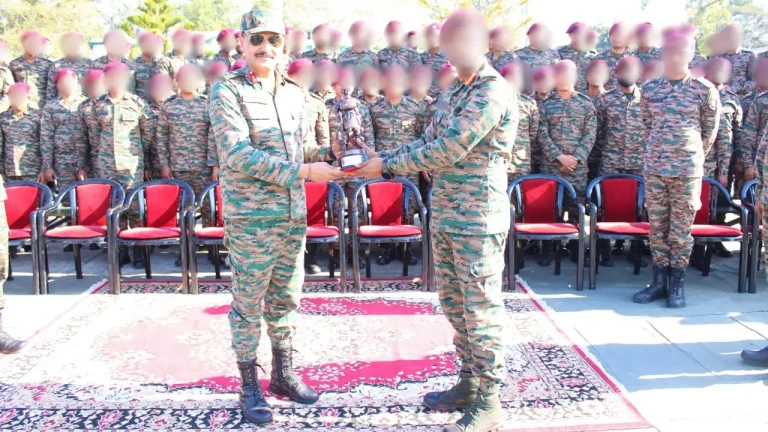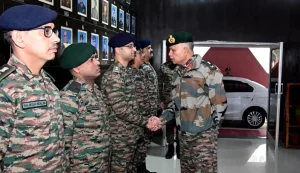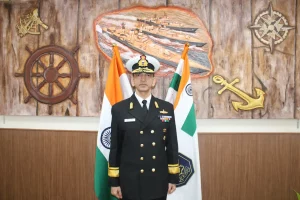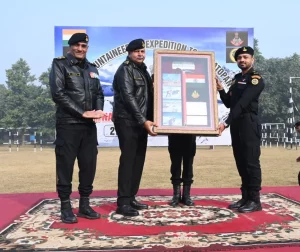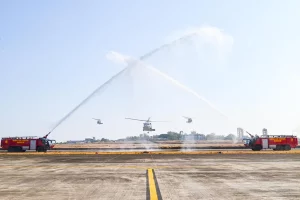In a significant escalation of an already tense geopolitical situation, the National Investigation Agency (NIA) has disclosed that the catastrophic terror attack on April 22 in Pahalgam, which resulted in the tragic loss of 26 civilian lives, was orchestrated by a coalition involving Pakistan’s Inter-Services Intelligence (ISI), the Pakistan Army, and the banned terror group Lashkar-e-Taiba (LeT).
A preliminary investigation report, spearheaded by the NIA’s Director General, details the chilling operational network behind the assault. According to the findings, the attackers maintained direct communication with their handlers located in Pakistan-Occupied Kashmir (PoK), and the conspiracy was reportedly planned at LeT’s headquarters, following directives from ISI operatives.
The report, poised for submission to the Union Ministry of Home Affairs, elaborates on the extensive involvement of Over-Ground Workers (OGWs), who played a crucial role in providing logistical and local support to the terrorists. Notably, arms and ammunition utilized in the attack were allegedly concealed in the Betaab Valley area in advance of the strike.
In a bid to facilitate further administrative and judicial actions, the NIA has compiled a comprehensive list of OGW contacts. The agency has also gathered testimonies from over 150 individuals, as part of an extensive inquiry. Advanced forensic analysis is currently underway, with empty cartridges retrieved from the scene sent to the Forensic Science Laboratory for detailed examination. Initial 3D mapping and recreations of the attack site have also been completed to meticulously reconstruct the sequence of events leading to the tragedy.
Among the identified terrorists are two individuals from Pakistan—Hashmi Musa and Ali Bhai, also referred to as Talha Bhai—who were reportedly in constant communication with handlers across the Line of Control (LoC). Their involvement lends further credence to India’s allegations of state-sponsored cross-border terrorism.
These revelations come amid heightened military readiness along the Indo-Pak border, coupled with a recent flurry of diplomatic and military exchanges between the two nuclear-armed nations. In response to the attack, India has already taken notable retaliatory steps, including the expulsion of Pakistani diplomats and the suspension of the Indus Waters Treaty.
In Washington, US Vice President JD Vance addressed the escalating situation, expressing hope that Pakistan would work with India in bringing those responsible for the attack to justice. “Our hope here is that India responds to this terrorist attack in a way that doesn’t lead to a broader regional conflict,” Vance remarked, adding that he hopes Pakistan will cooperate in tracking down and addressing the terrorists operating from its territory.
The findings of the NIA are expected to have a profound impact on India’s policy strategies and strengthen its case on the international stage for holding Pakistan accountable. As both nations remain entrenched in military and diplomatic posturing, the region stands precariously poised, with the potential for further escalation looming large.
